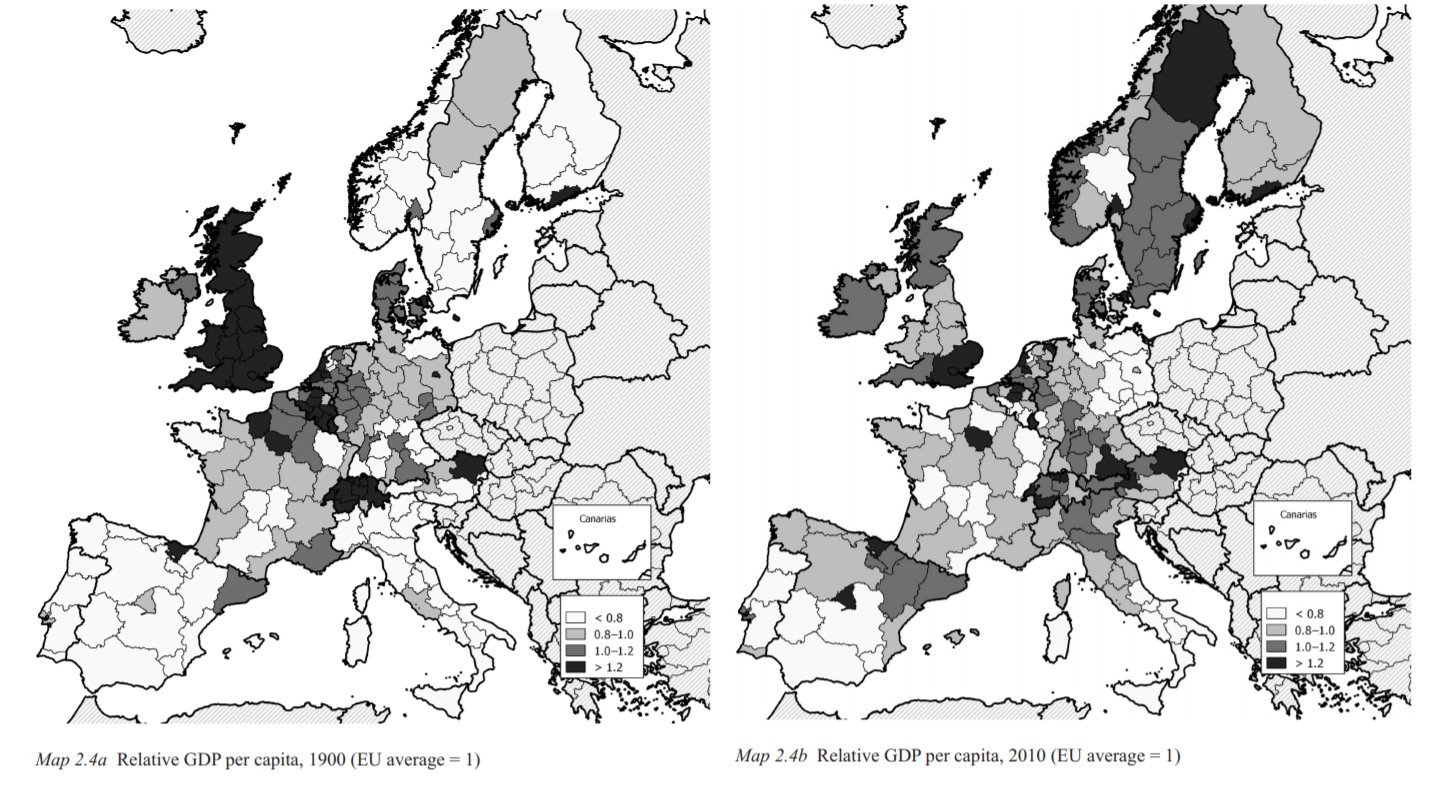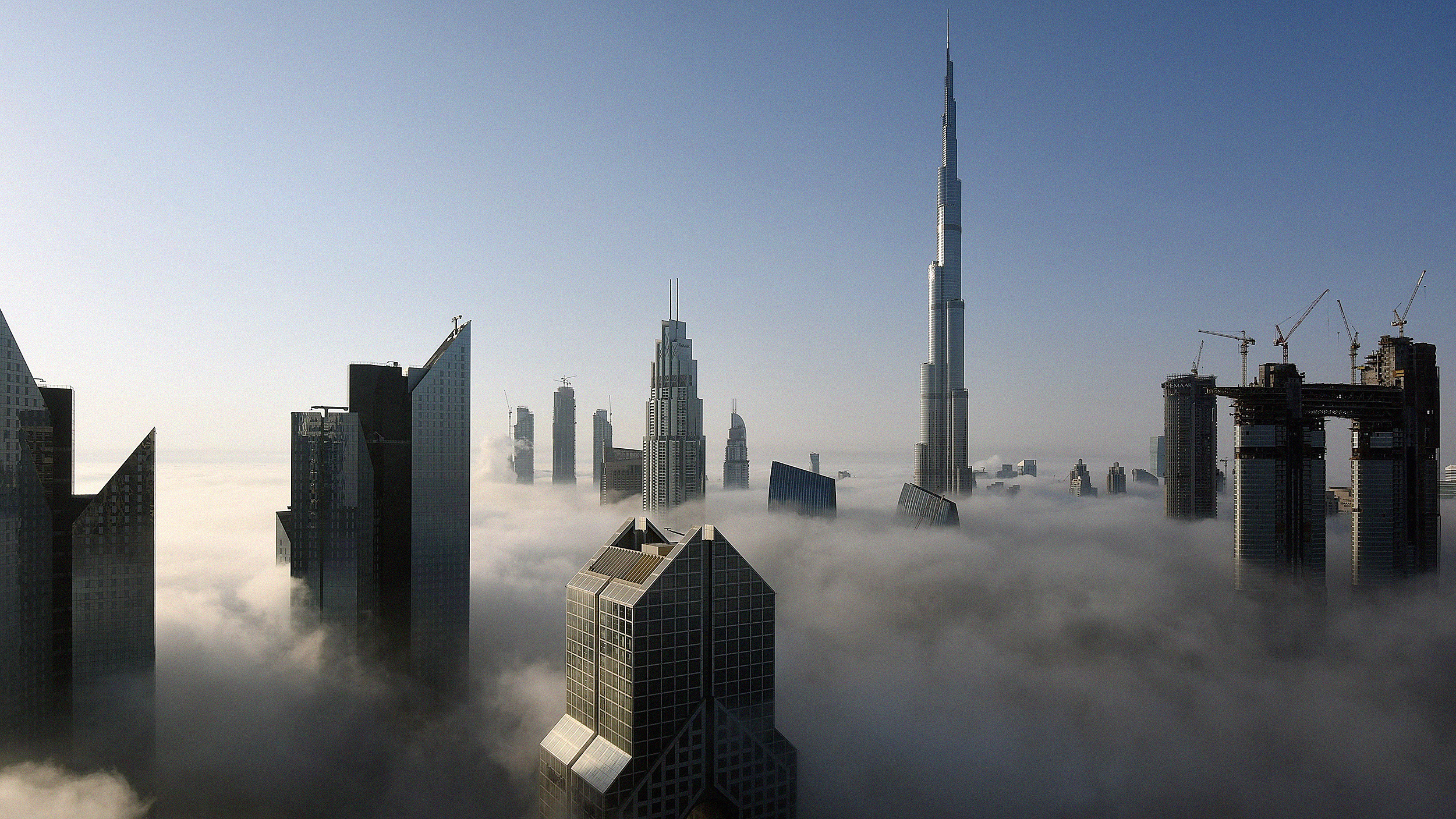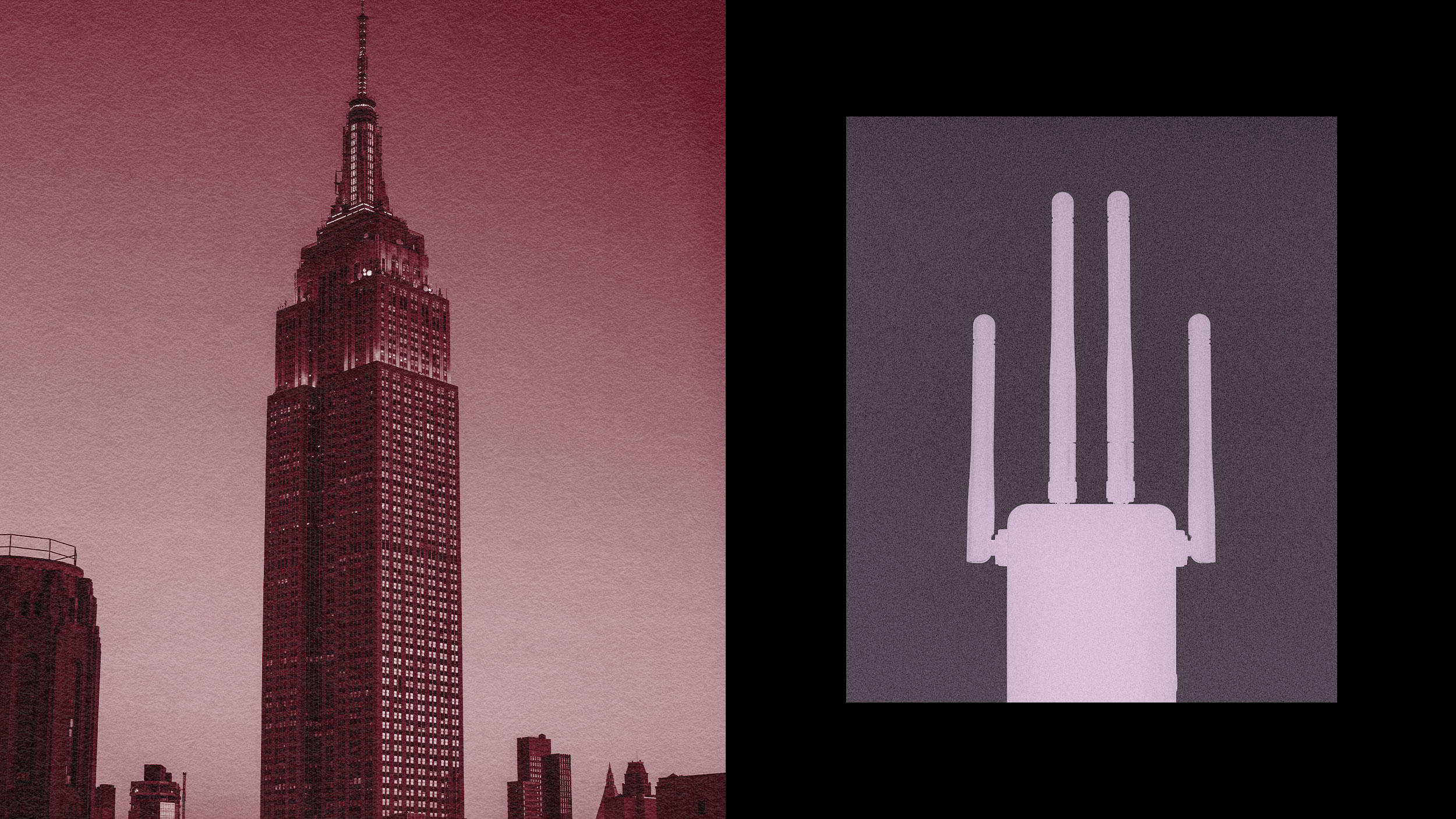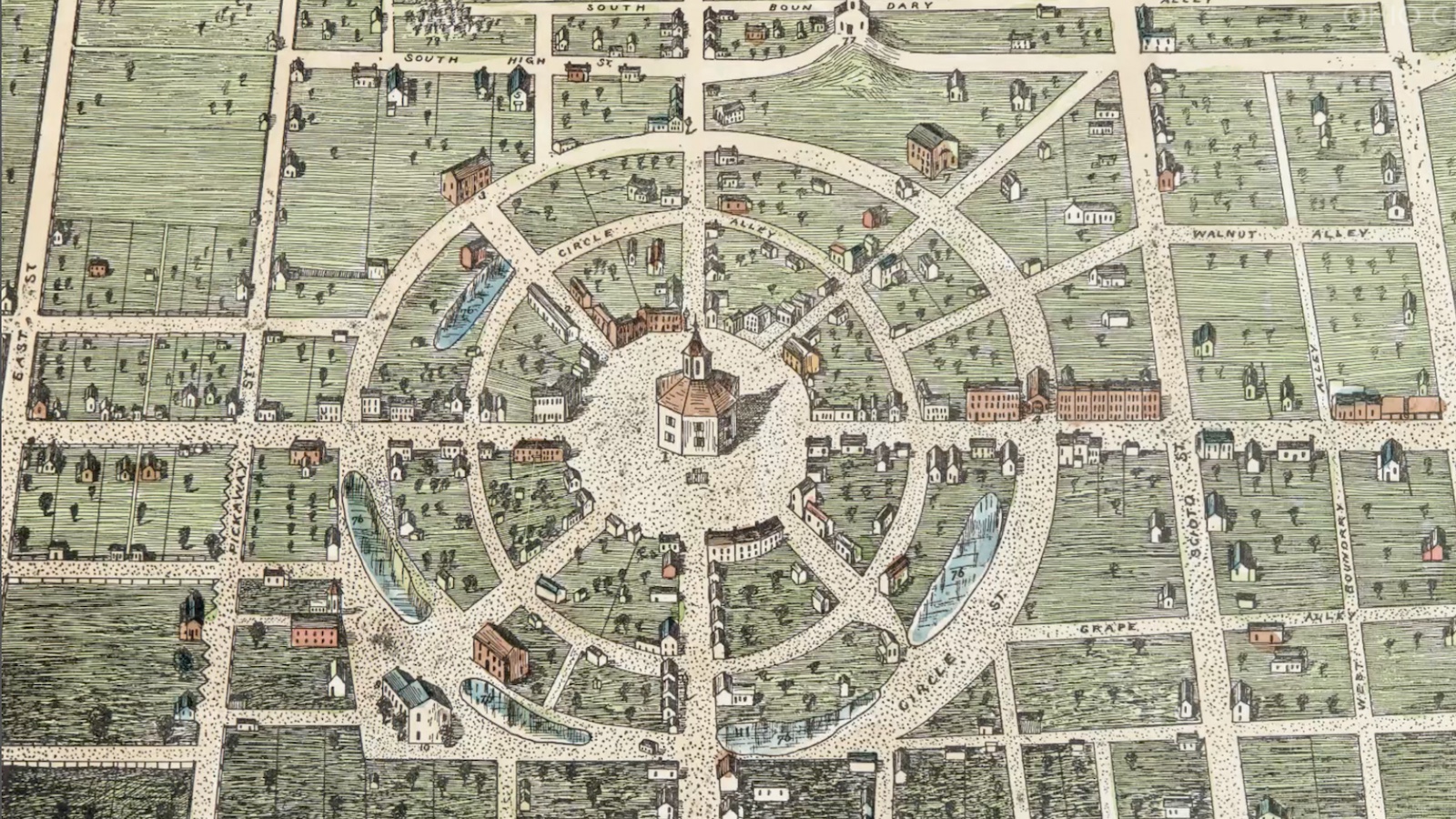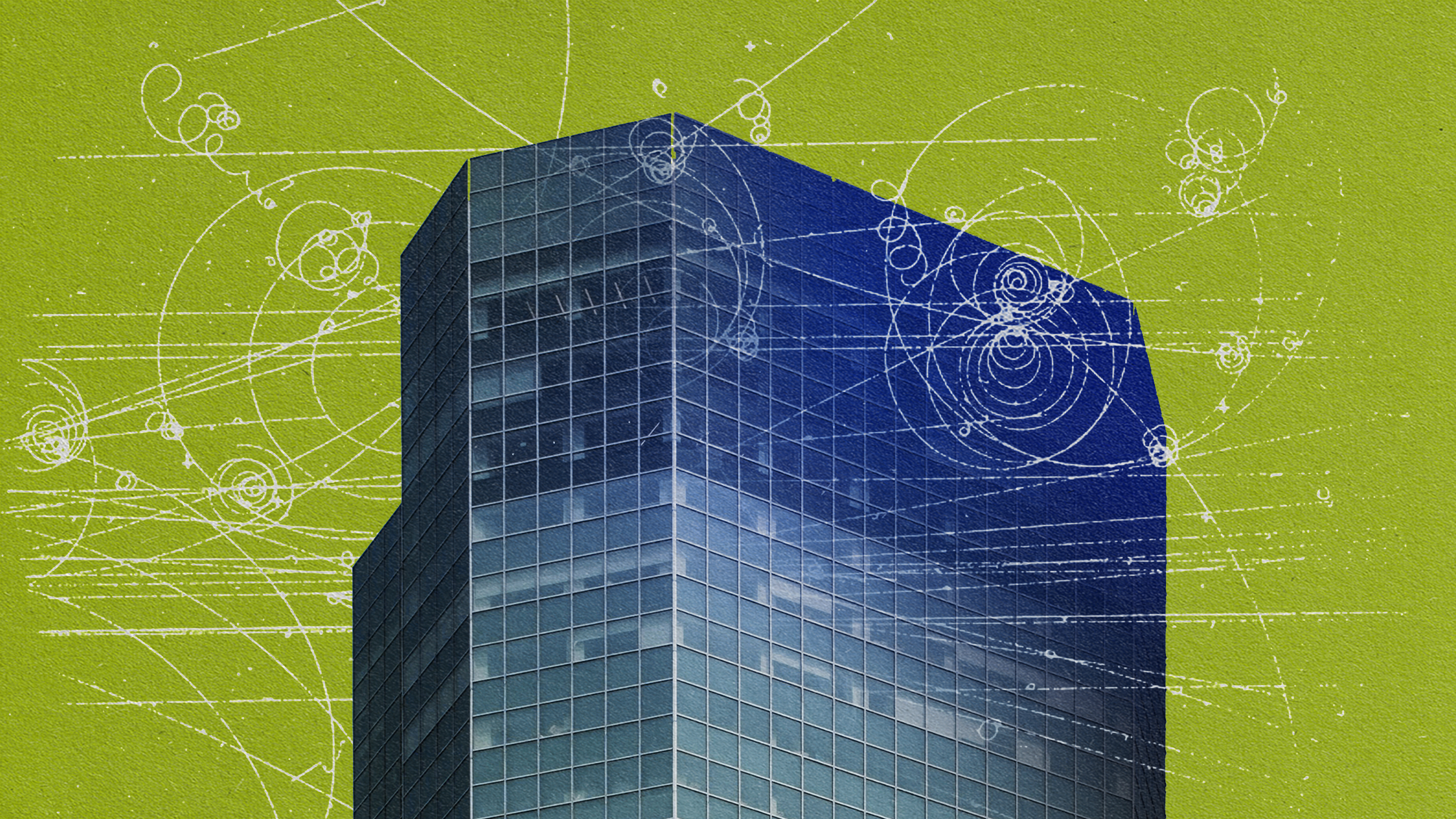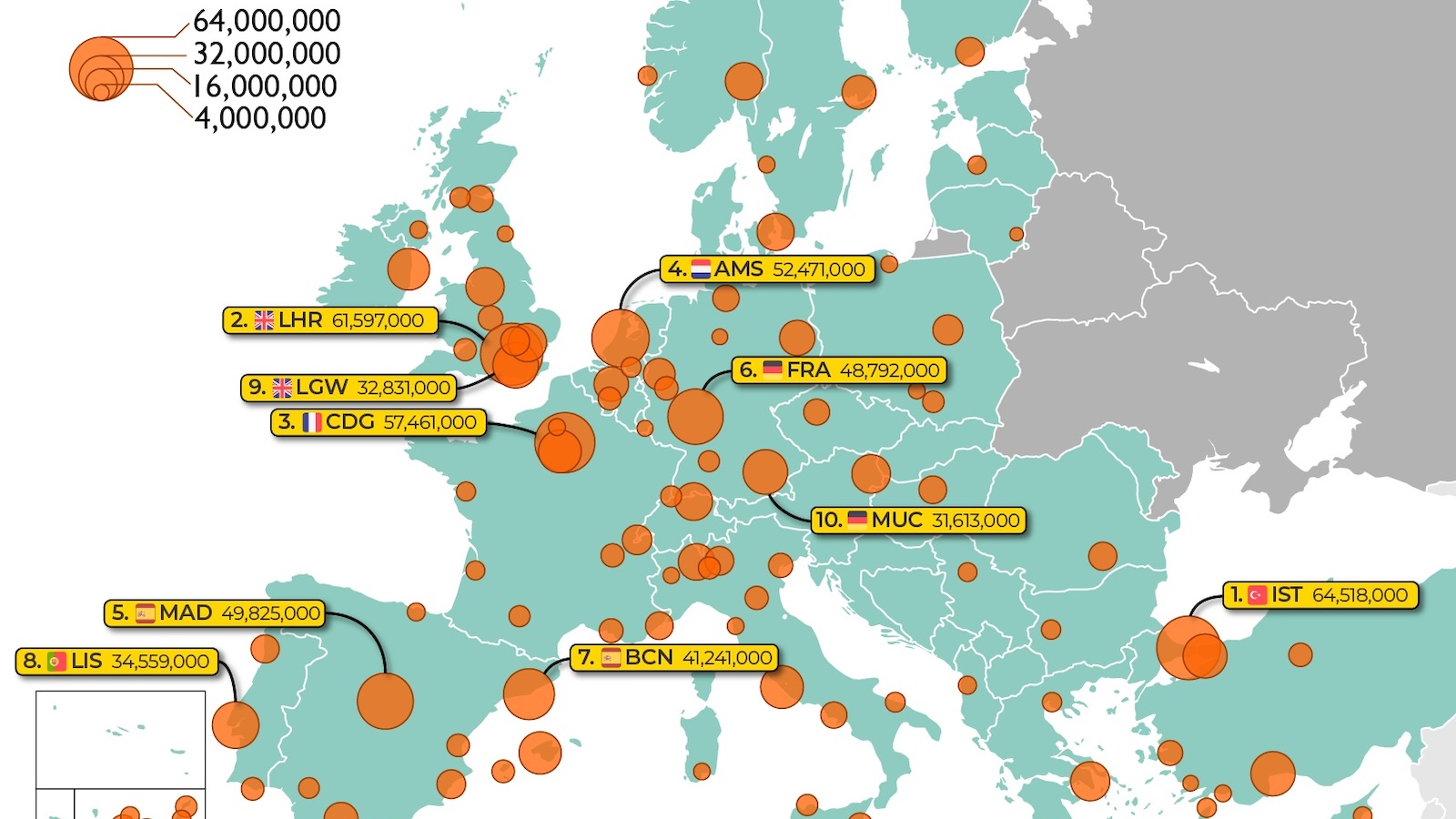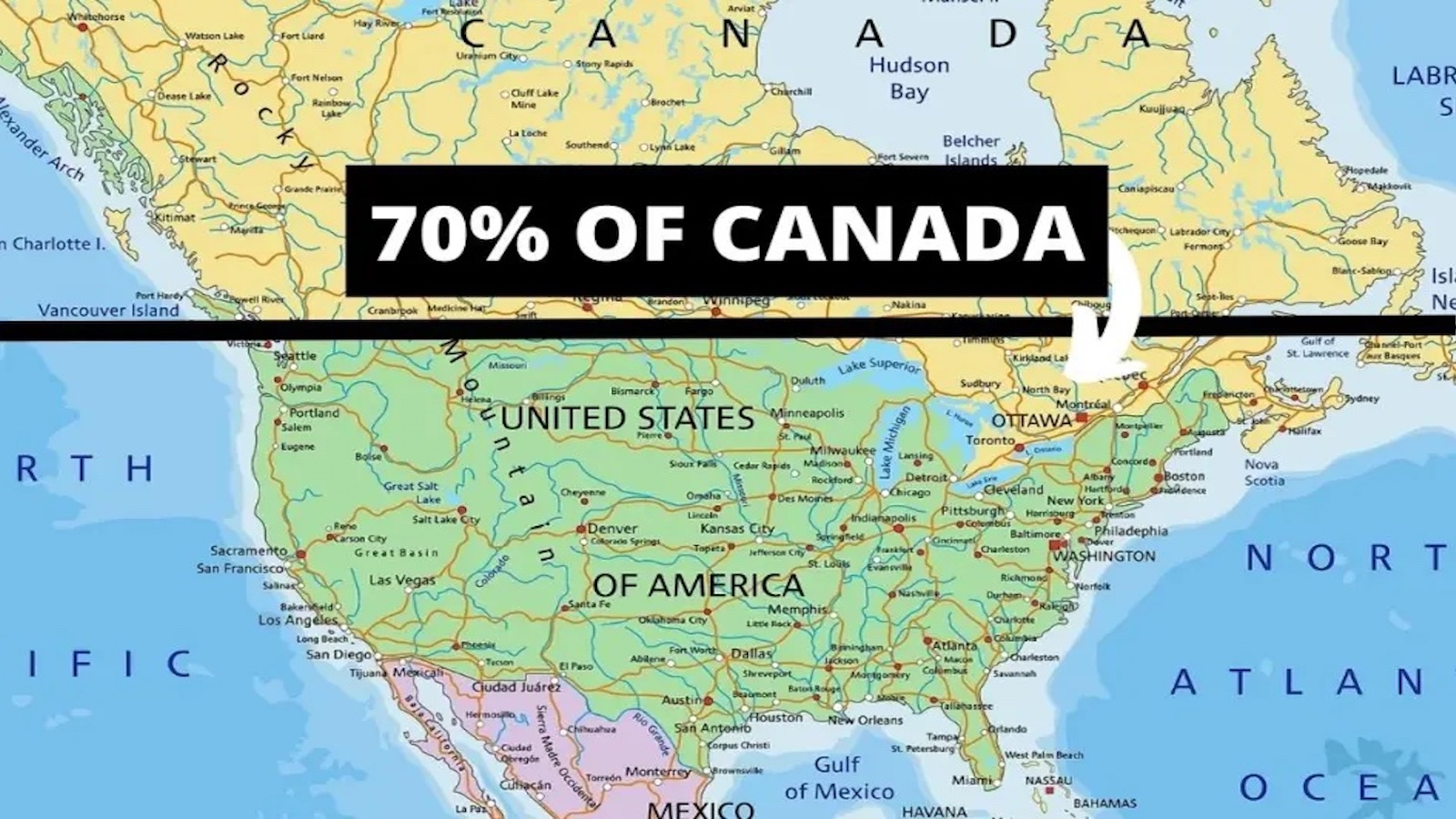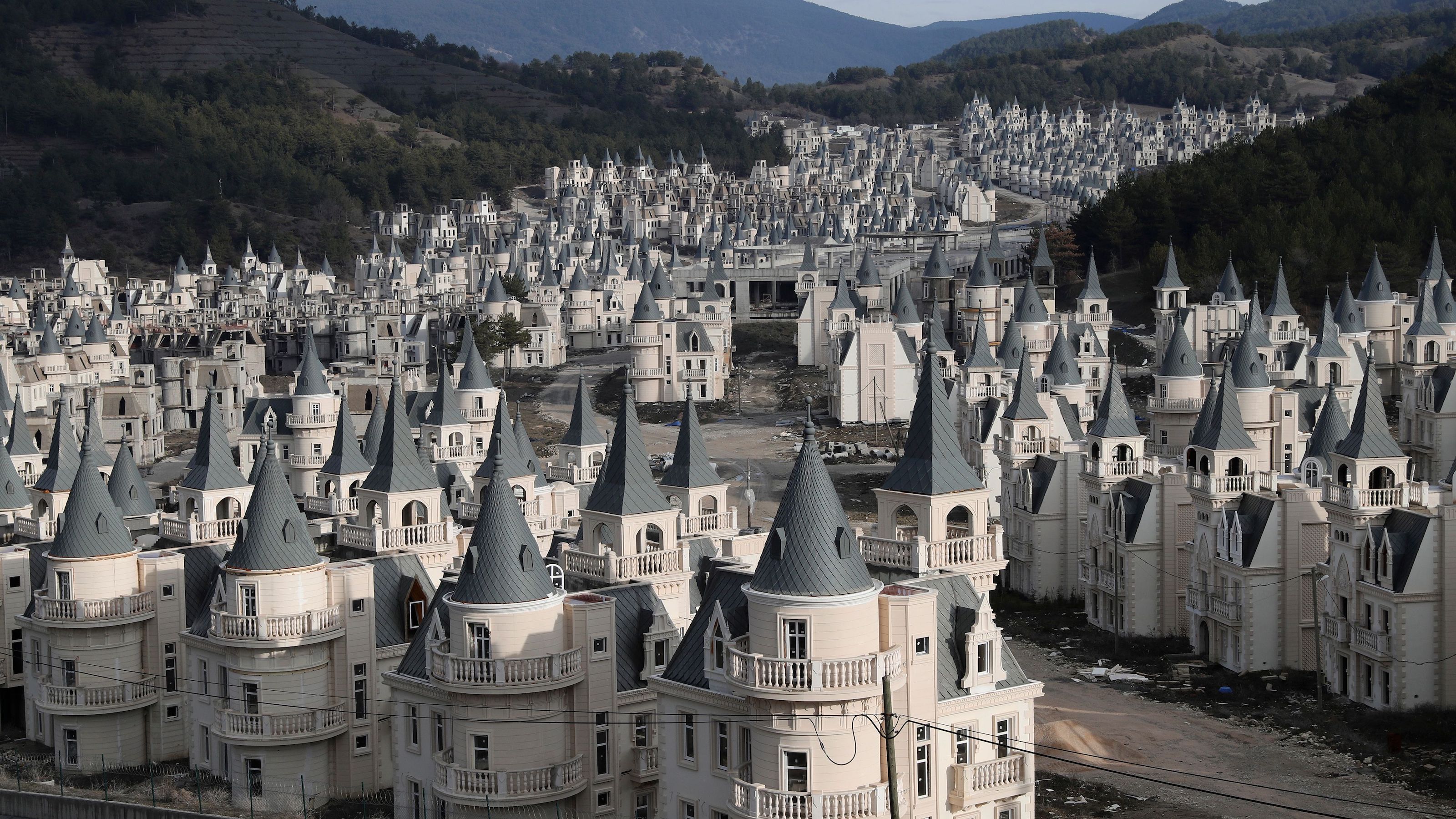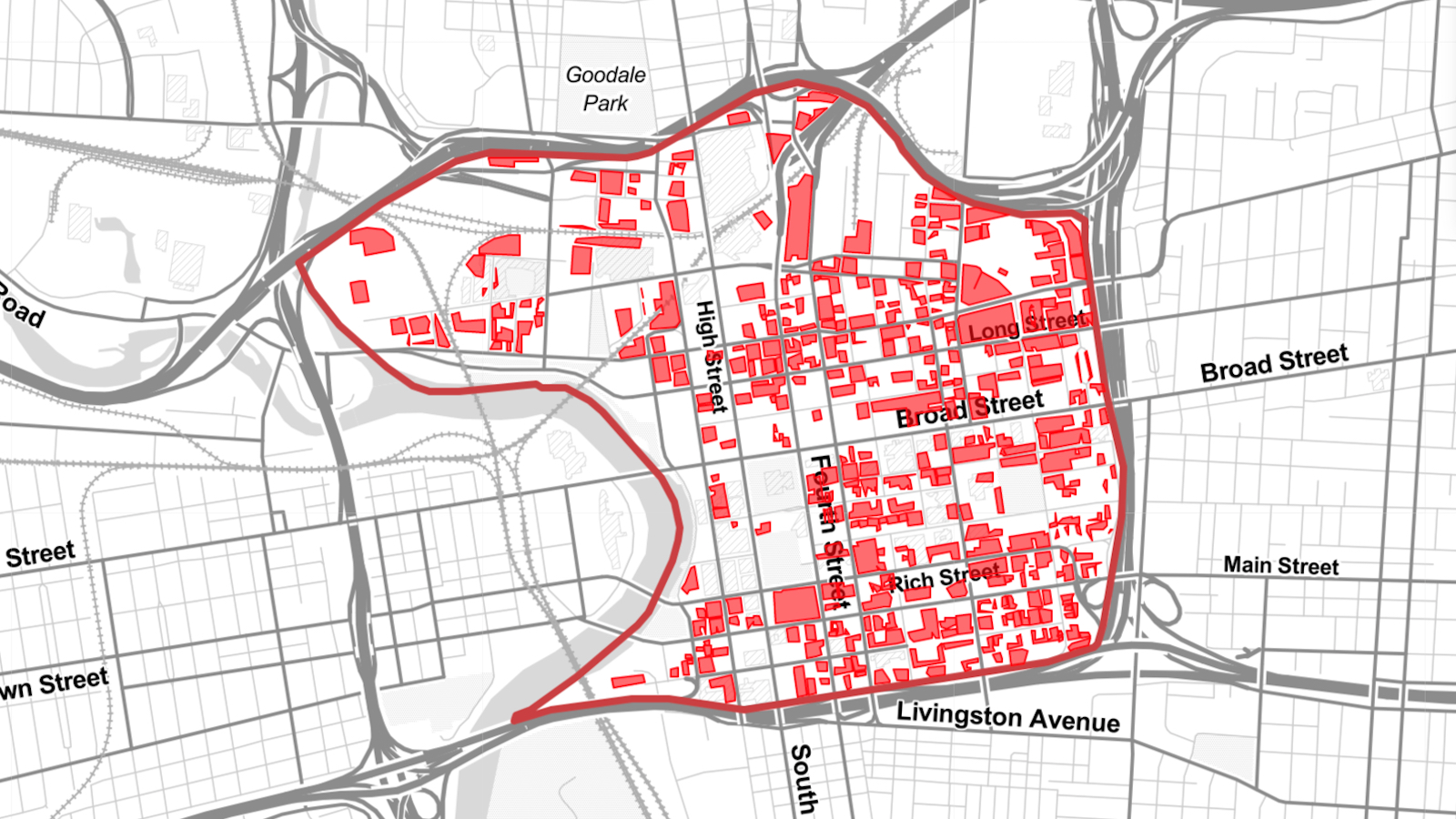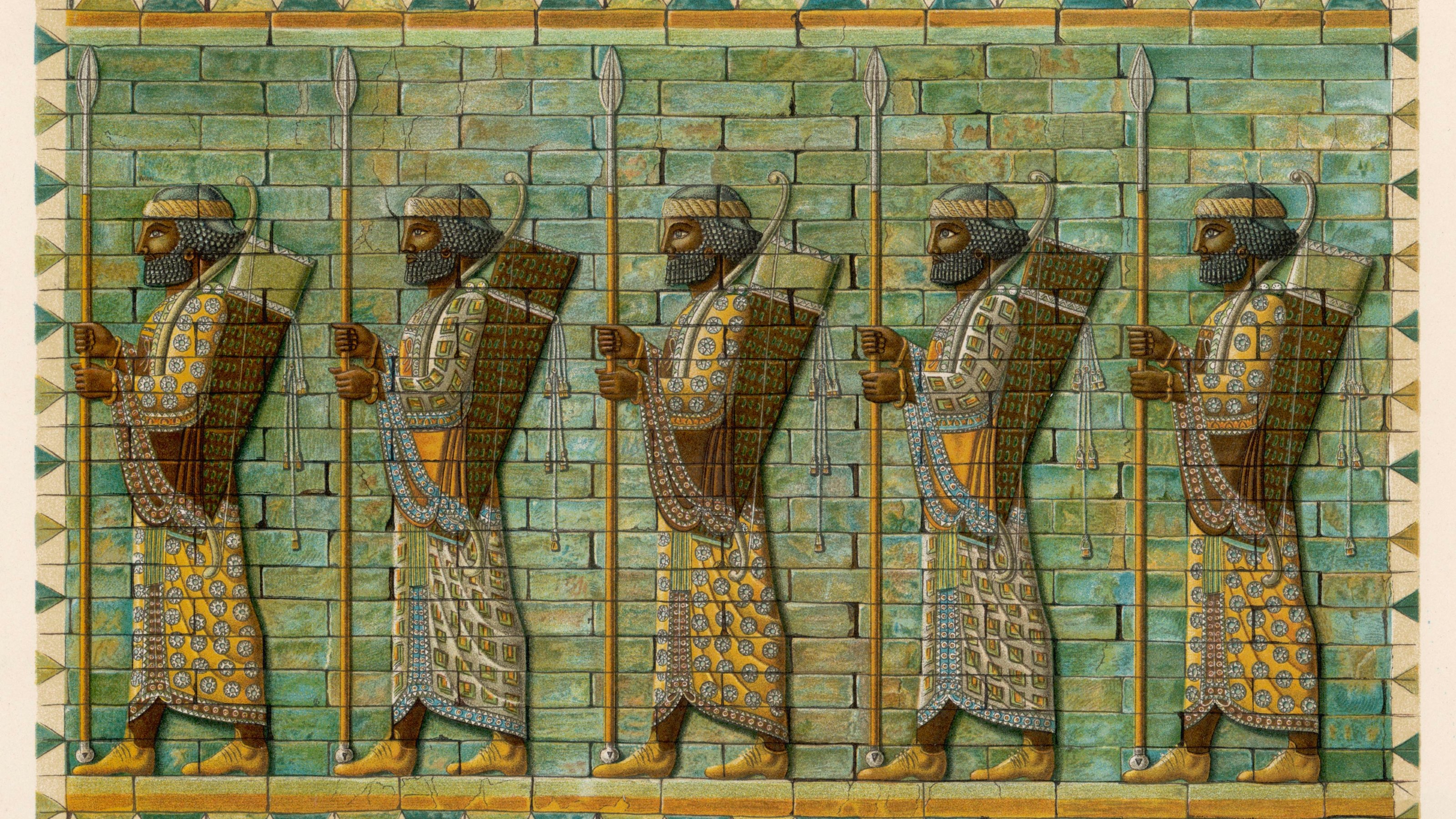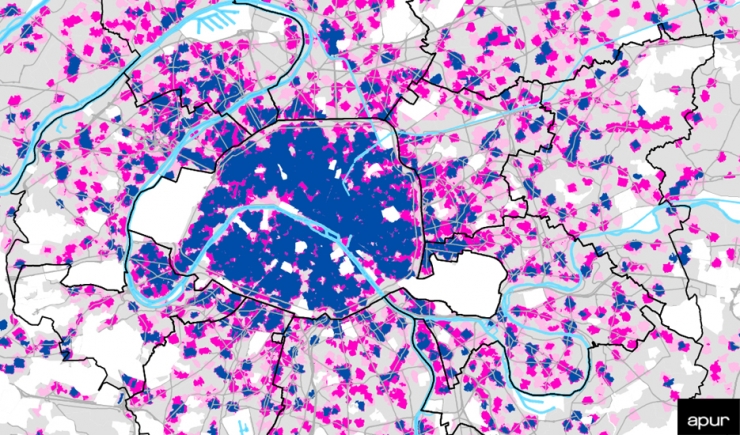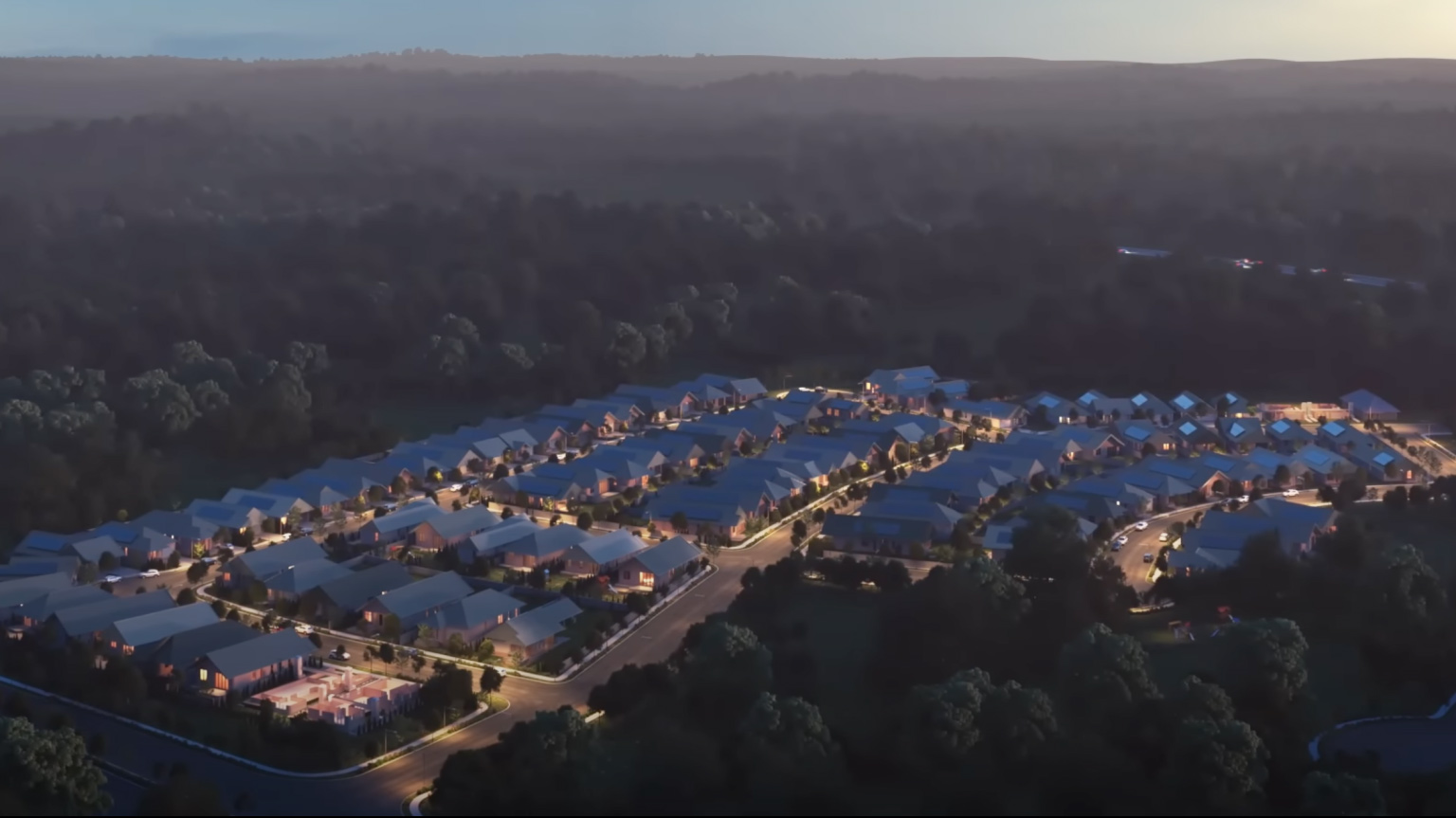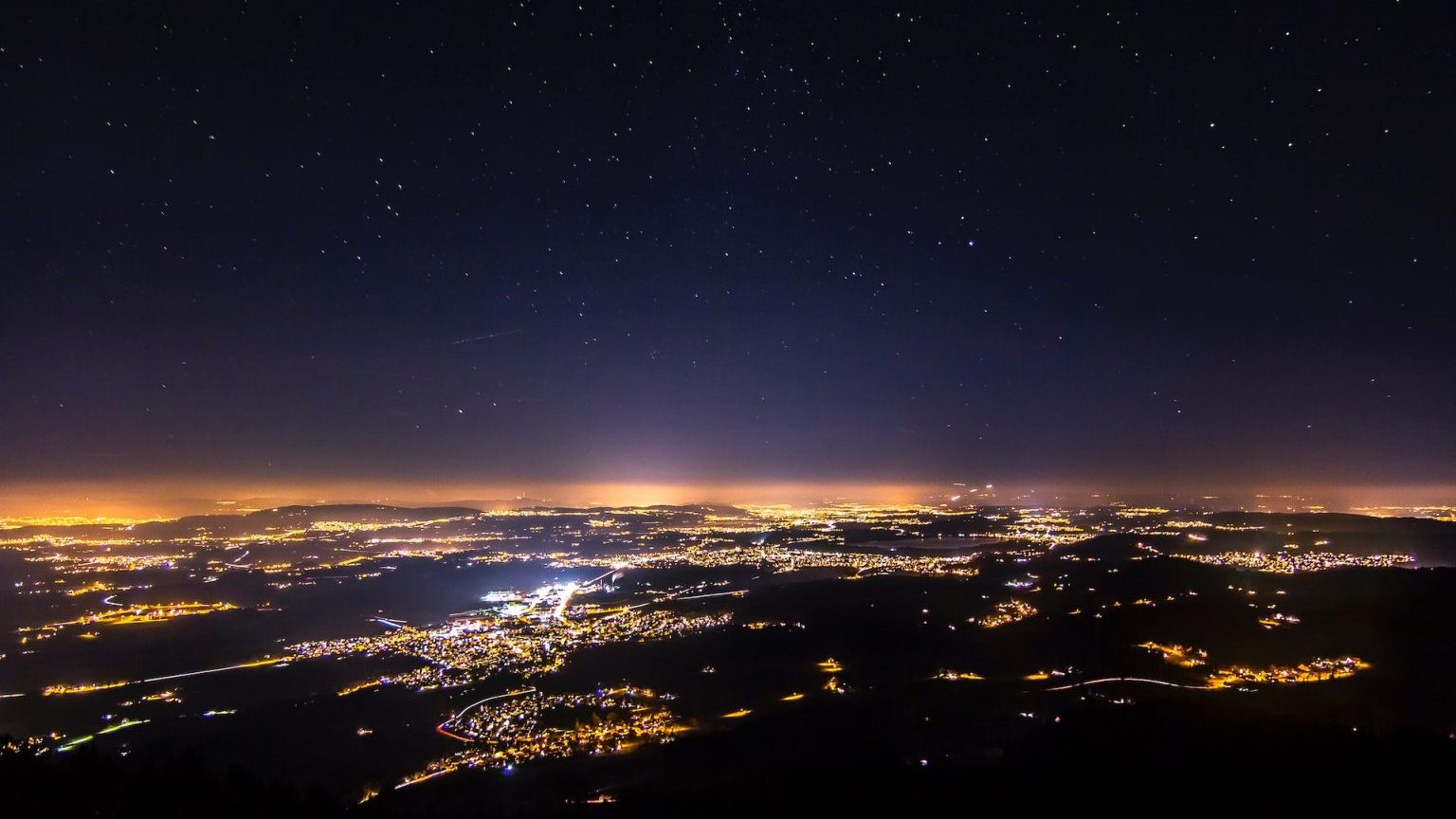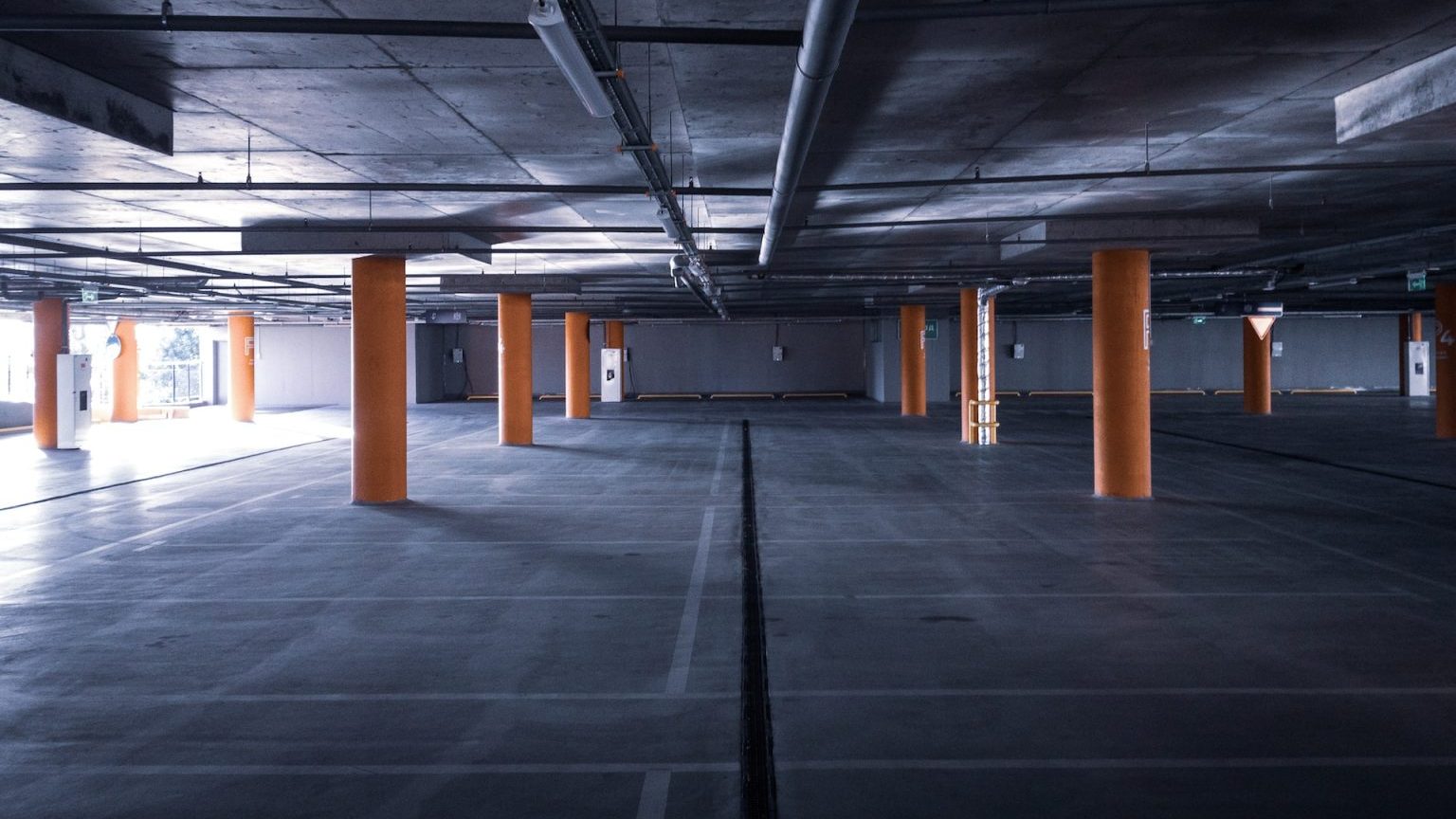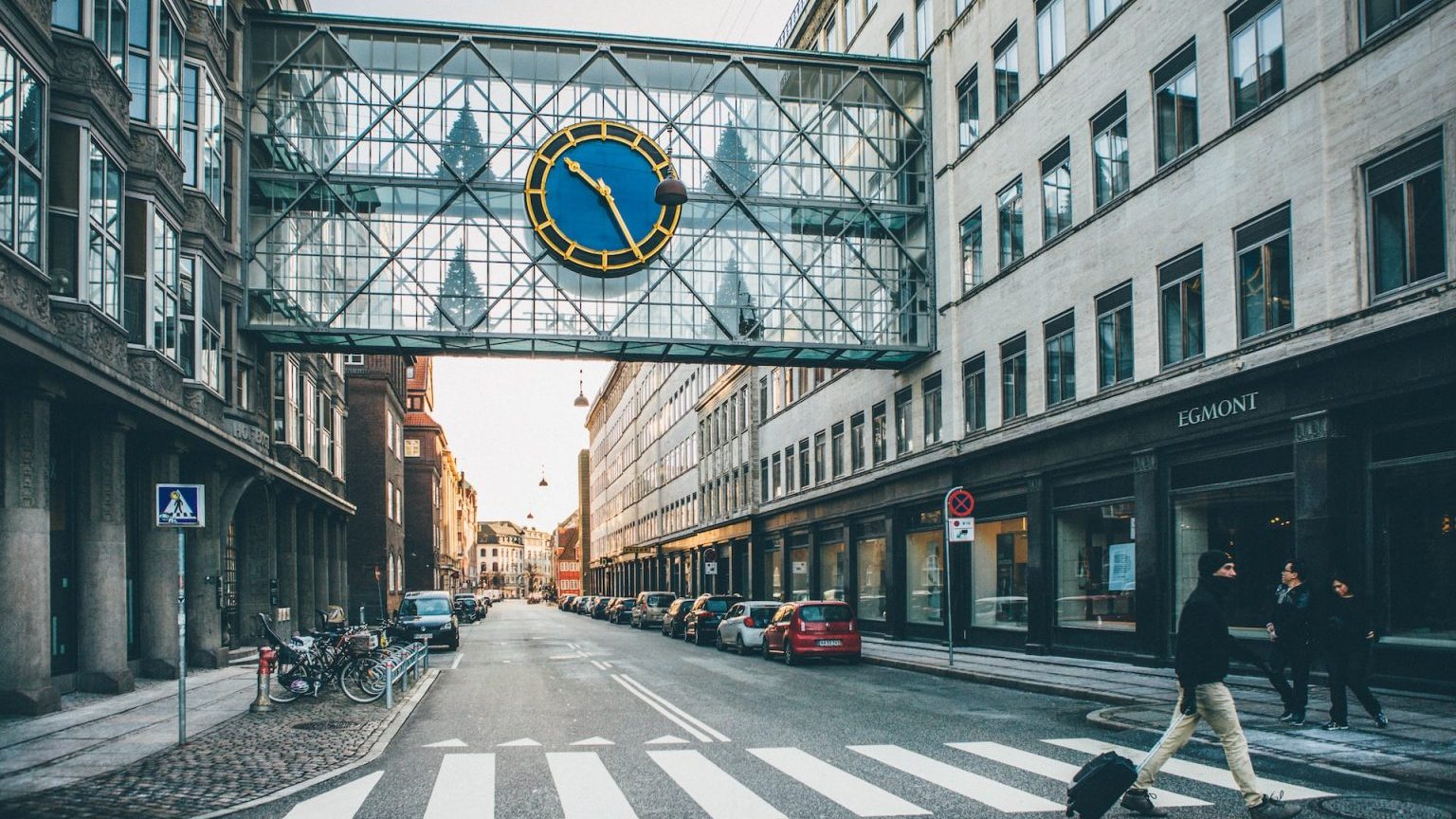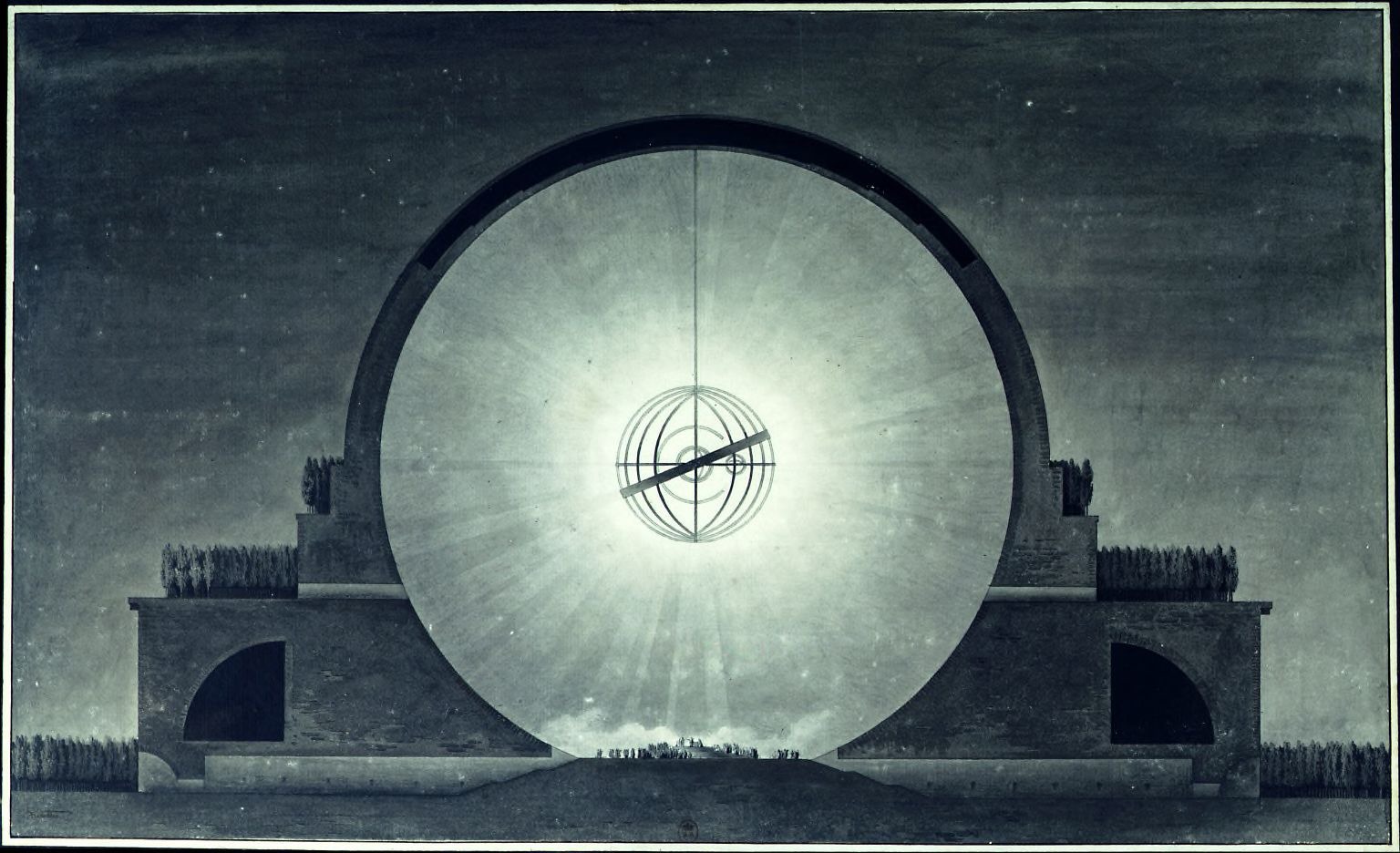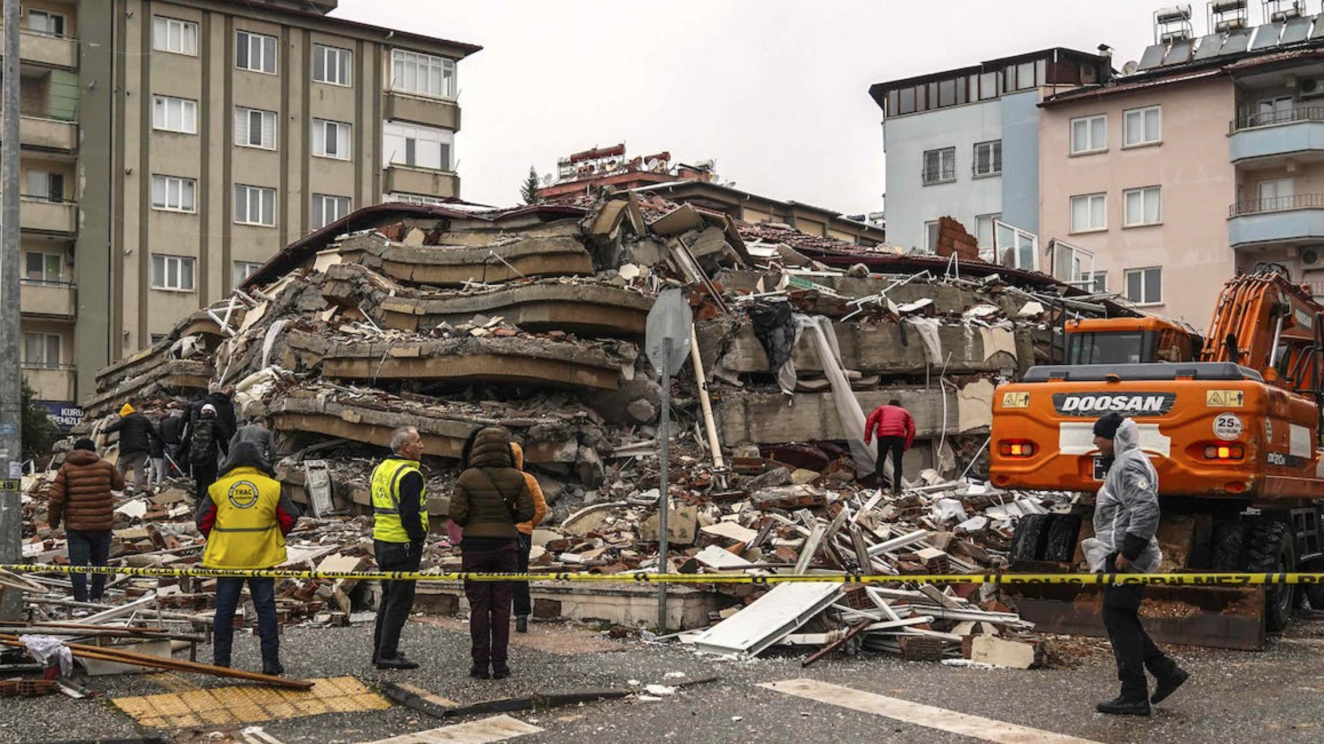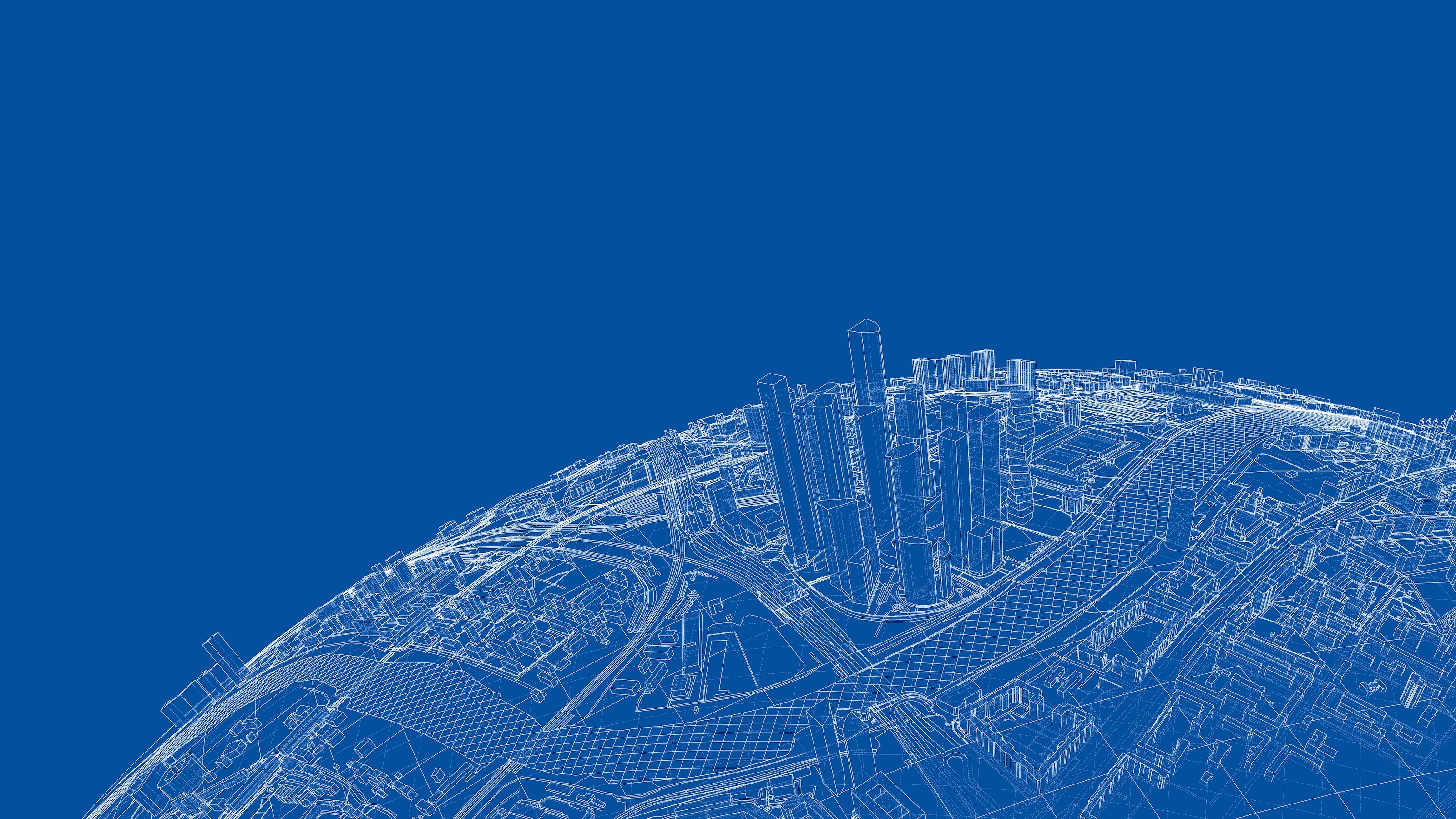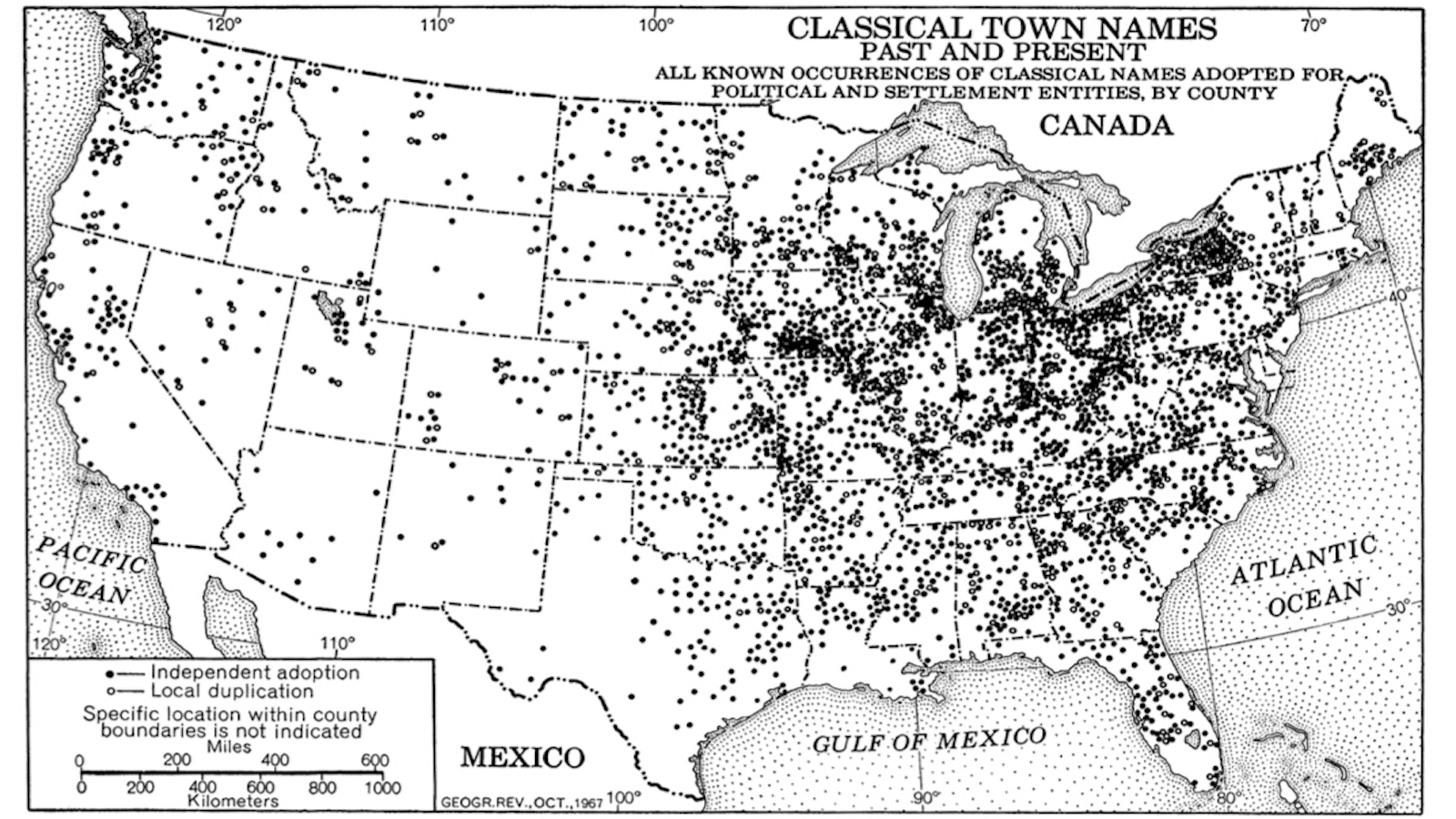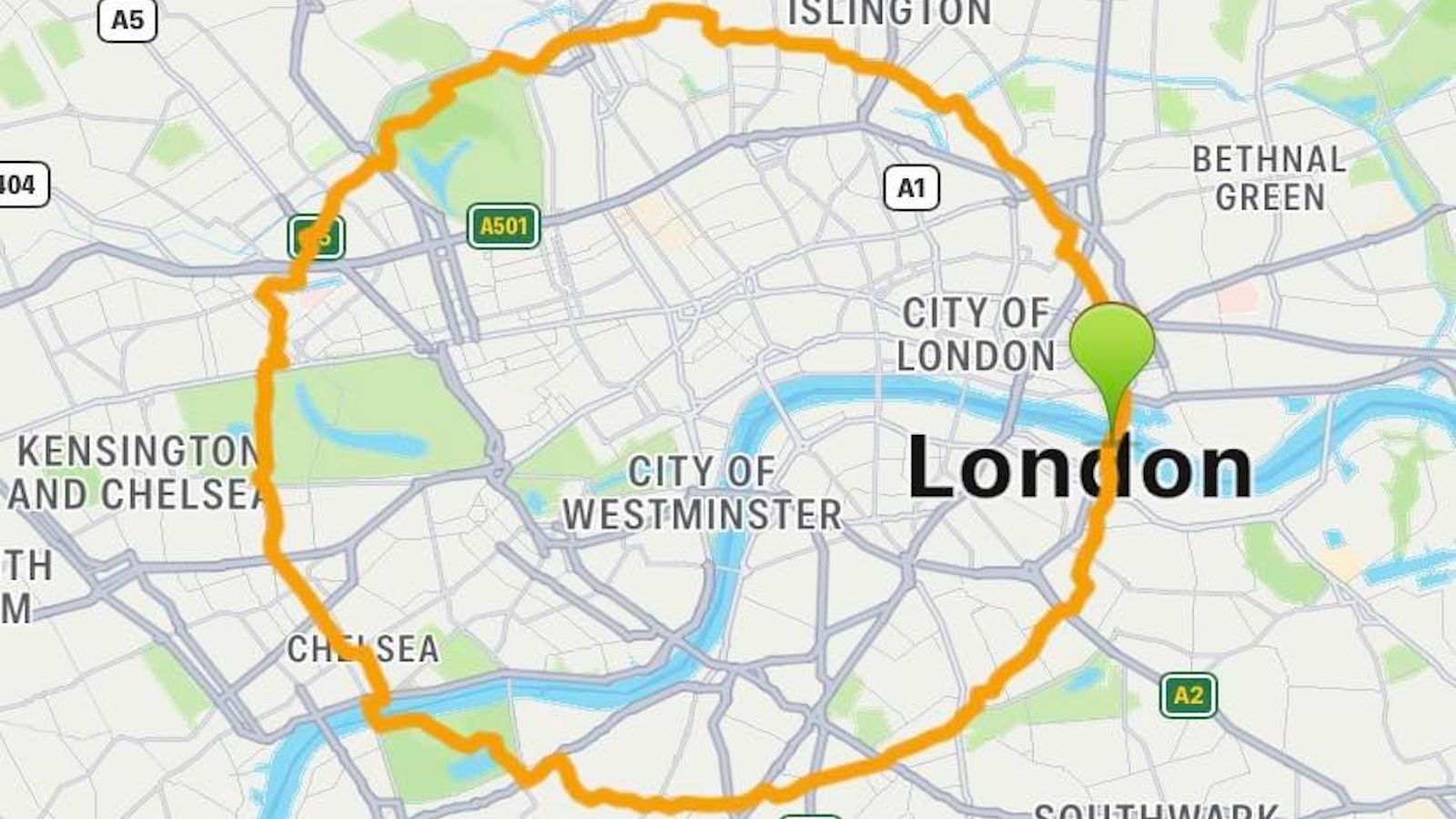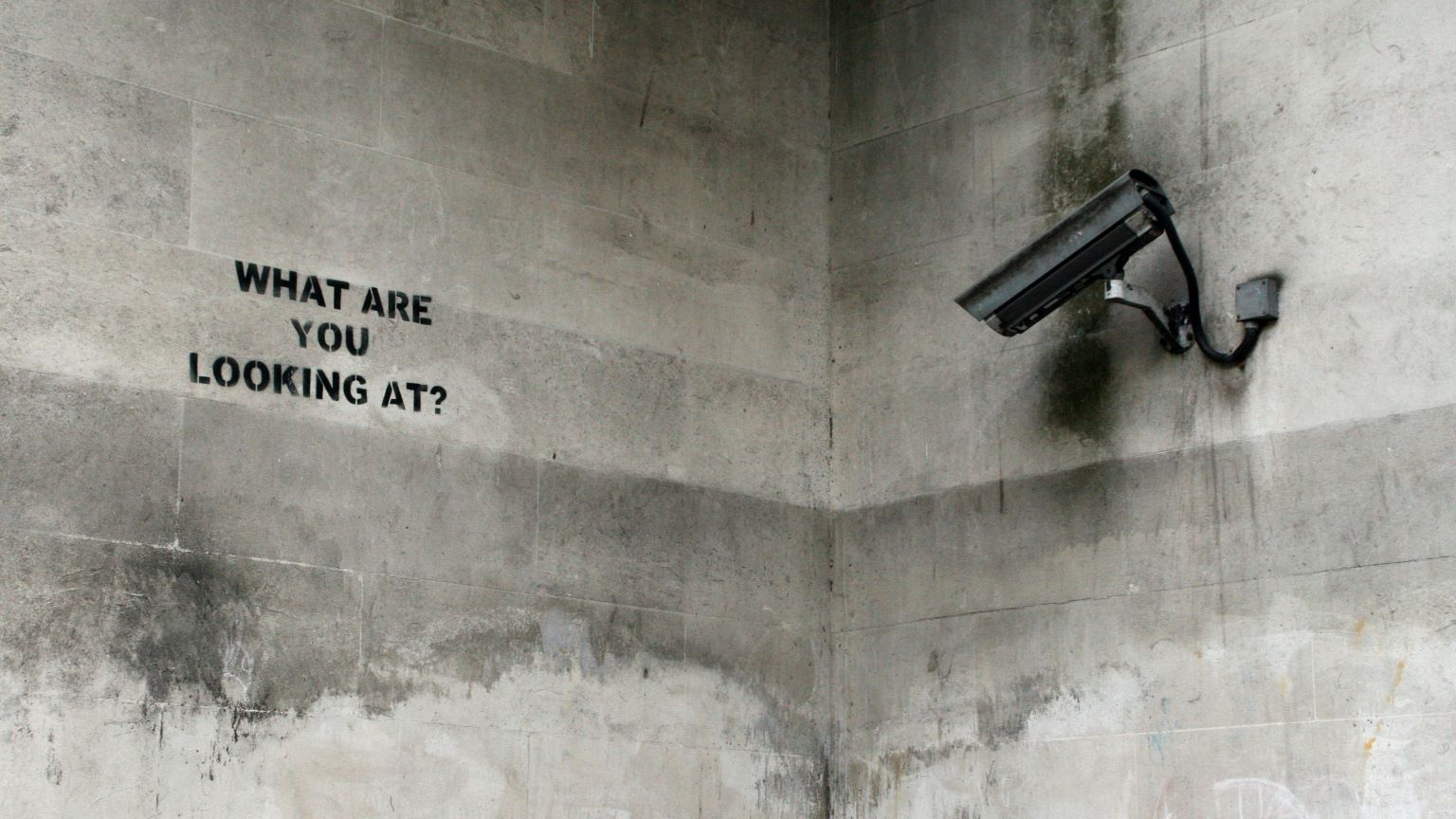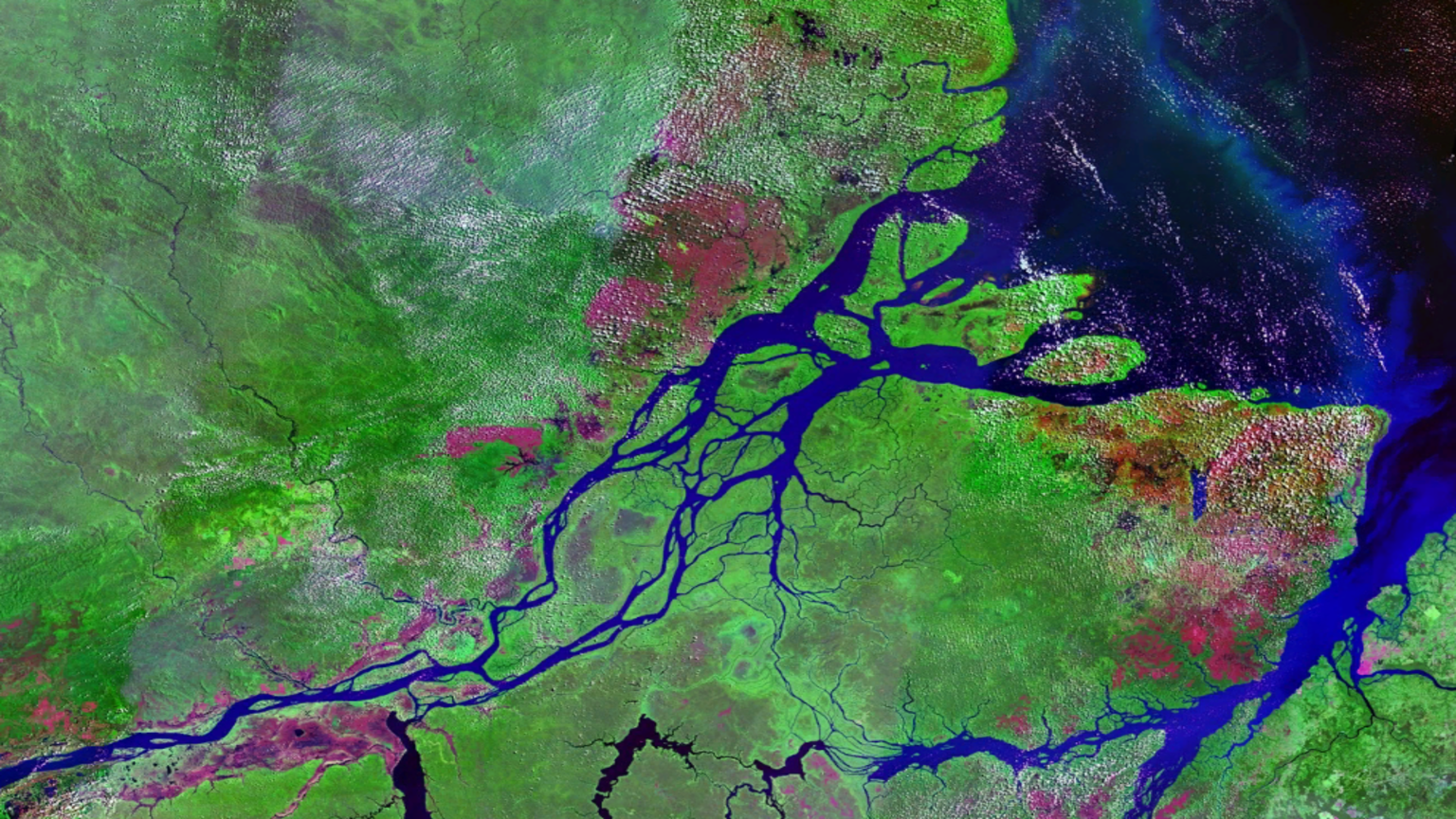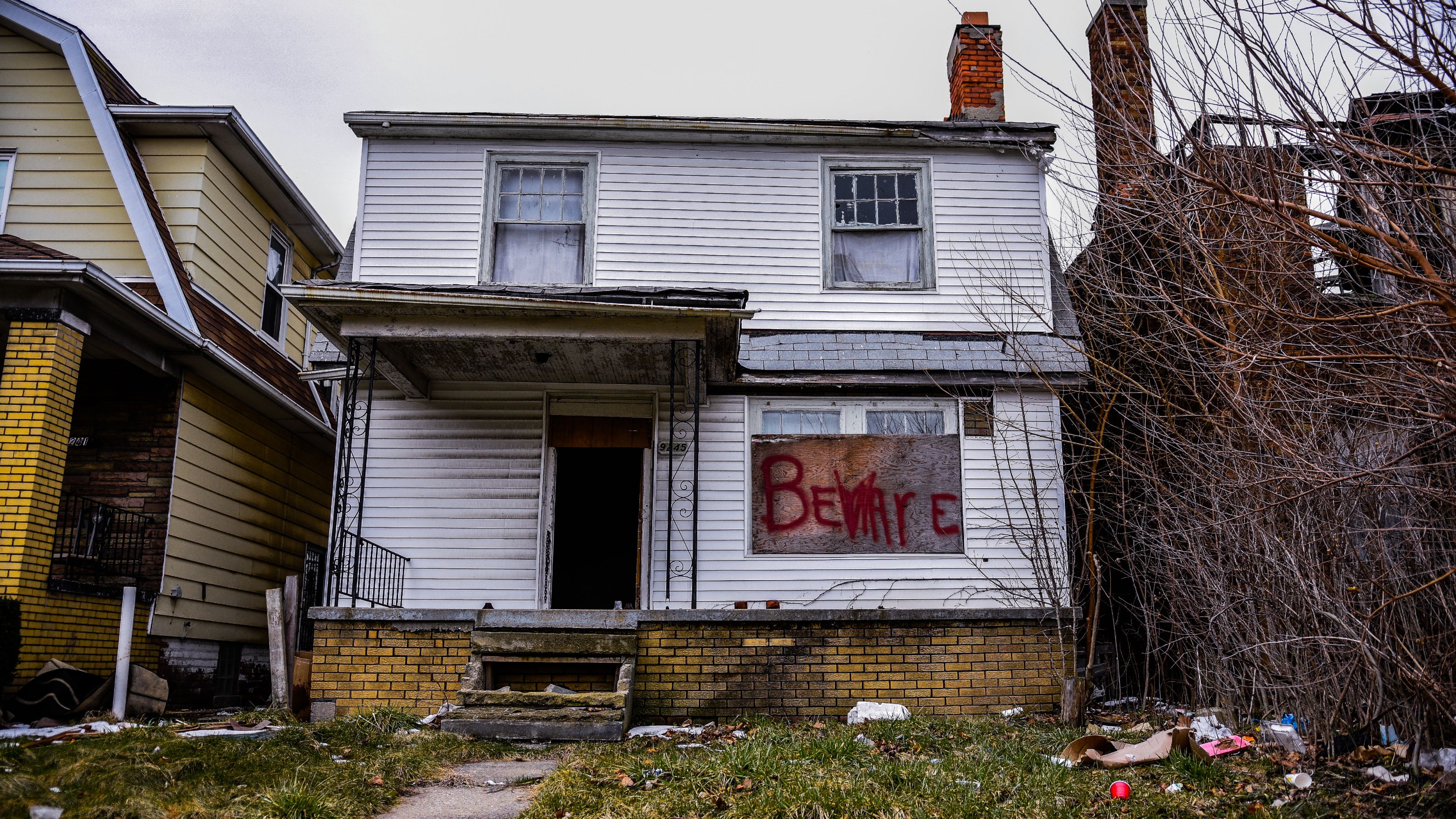cities
In 1900, the UK clearly was the richest country in Europe. That’s no longer the case.
Architecture in the age of AI — argues professor Nayef Al-Rodhan — should embed philosophical inquiry in its transdisciplinary toolkit.
Saudi Arabia’s Jeddah Tower is poised to become the world’s tallest building. What’s behind the century-plus drive to build ever taller skyscrapers?
A small Ohio town tried to escape America’s addiction to rectangular grids. It didn’t last long.
Architect and brand innovator Kevin Ervin Kelley sounds the alarm for workplace culture — and argues for a “big bang” collision of forms and shapes.
London’s busiest airport seems to be rebounding well from the pandemic — but Istanbul has better prospects in the long run.
Reject your Mental Map Oversimplifications.
Walking is rarer in the U.S. compared to similar nations. It is also deadlier: Nearly 7,500 pedestrians were killed in 2021.
Burj Al Babas may one day be full of wealthy vacationers, but for now it’s a ghost town in the center of Turkey.
Parking lots are about one-fifth of all land in U.S. city centers, making them “easy to get to, but not worth arriving at.”
From landscaped gardens to road systems, the Persians were among the first to create many things we still enjoy today.
Quelle horreur! Paris isn’t just a 15-minute city; it’s a five-minute city.
3D-printing robots are being used to build a 100-home housing development in the US state of Texas.
All human development, from large cities to small towns, shines light into the night sky.
The typical car is parked 95% of the time.
How to separate the reality from the conspiracy theory.
From the Palace of the Soviets to The Illinois, these unmade buildings would have taken the art of architecture to whole new heights.
Was it the enormous magnitude of the quake, or is the problem with the buildings?
While cities drive national economic growth, their political geography means they cannot effectively deal with inequality, poverty, and other socioeconomic problems.
“My dad asked me if I had been to tutoring and I lied… Then he showed me the tablet.”
The larger truth on the streets is that no one uses just one drug anymore.
There are nearly 100 towns named “Troy.”
Here’s how to appreciate them from a distance.
Break into London Zoo? Illegal, but it would improve the London Circle Walk
Video cameras on city streets are only the most visible way your movements can be tracked.
The architecture and infrastructure found may well have required the greatest amount of skilled labor of any construction from the same time period in the entire continent.
Can Detroit get its comeback right?
Here’s what the weather phenomenon baking large parts of the country actually means.
